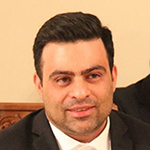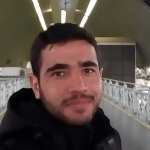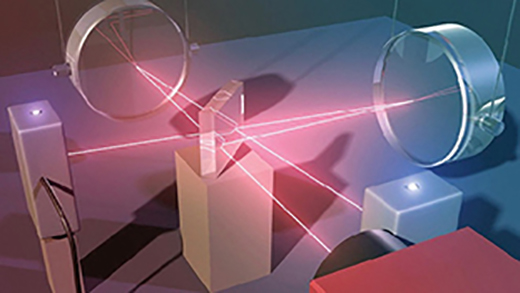Communications is the art of transmitting the information. In the classical communications, the carriers of information are classical resources, while quantum communications use quantum resources for transmitting the information. Quantum resources can be correlated in ways inaccessible to classical resources and communications is nothing but providing correlations between sent and received data via these resources. Therefore, quantum communications can be implemented in ways inaccessible to classical communications. For example, while nonlocal correlations of entangled states are responsible for the classically impossible tasks such as Quantum Teleportation and Quantum Dense Coding, quantum correlations beyond entanglement are responsible for the task of Quantum Key Distribution that provides classically impossible unconditional secure communication.
Quantum Communications and QKD
Information is something that is encoded in the state of a physical system. So, information is not an abstract entity and it is always tied to a physical representation, therefore the limitations and possibilities of the real physical world would be applicable to information, too. Fundamentally, the universe is quantum mechanical and classical ideas bout information would need revision under the new physics.
Communications is the art of transmitting the information. In the classical communications, the carriers of information are classical resources, while quantum communications use quantum resources for transmitting the information. Quantum resources can be correlated in ways inaccessible to classical resources and communications is nothing but providing correlations between sent and received data via these resources. Therefore, quantum communications can be implemented in ways inaccessible to classical communications. For example, while nonlocal correlations of entangled states are responsible for the classically impossible tasks such as Quantum Teleportation and Quantum Dense Coding, quantum correlations beyond entanglement are responsible for the task of Quantum Key Distribution that provides classically impossible unconditional secure communication.
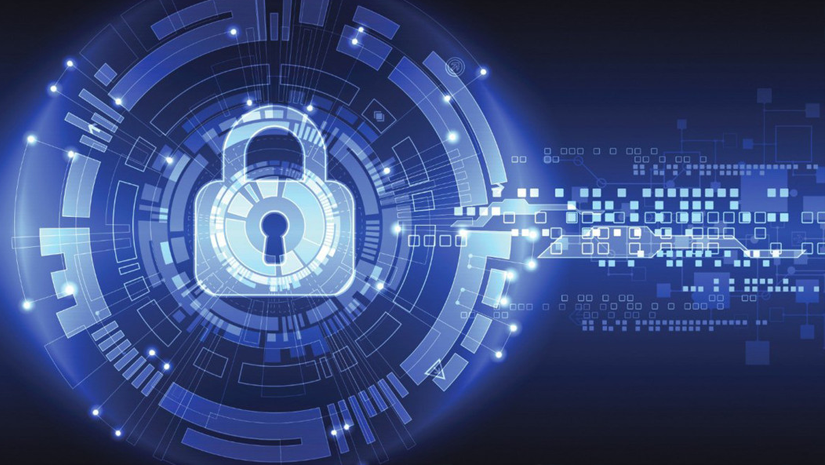
Quantum Teleportation:
Quantum Teleportation and using entangled states with the aim of transmitting information between two distant locations was first introduced in 1993 by Charles Bennett. The aim of quantum teleportation is to transmitting the quantum state of a particle to a distance location by transmitting classical information. Suppose that Alice wants to transmit the state of a photon like to Bob who is in a distance place from her; there is two different case in this situation. First: Alice knows the state
. In this case, it is sufficient that Alice transmits the coefficients
and
to Bob. But sending these coefficients with infinite precision requires the use of a large number of classical bits, especially given that these coefficients are in general complex. Second: Alice has no knowledge about state
. In this case, there is no way for Alice to use a classical method to transmit state
to Bob. However, by sharing an entangled state between Alice and Bob, using a classical communication channel, doing measurement and applying suitable physical operators, Alice can communicate the state
to Bob by sending just two classical bits.
Quantum Key Distribution:
Considering that security solutions in classical communication are based on computational difficulty, they can be broken (for example by upcoming quantum computers). However, the unique features of quantum mechanics promise the birth of communication technologies based on physical impossibilities. In contrast with mathematical complexity, physical impossibilities are not capable of breaking; consequently, a suitable hospitalization for the development of a new approach to secure communication will be created.
Quantum key distribution is the use of the unique features of quantum mechanics (such as measured-induced-disturbance and no-cloning theorem) in order to have secure communication and allow the secure communication parties to share a random key among themselves to encrypt and decrypt information. Using the unique features of quantum mechanics makes it possible for secure communication parties to detect the presence of a third party who attempts to eavesdrop and access information, thereby the level of communication security will be increased.
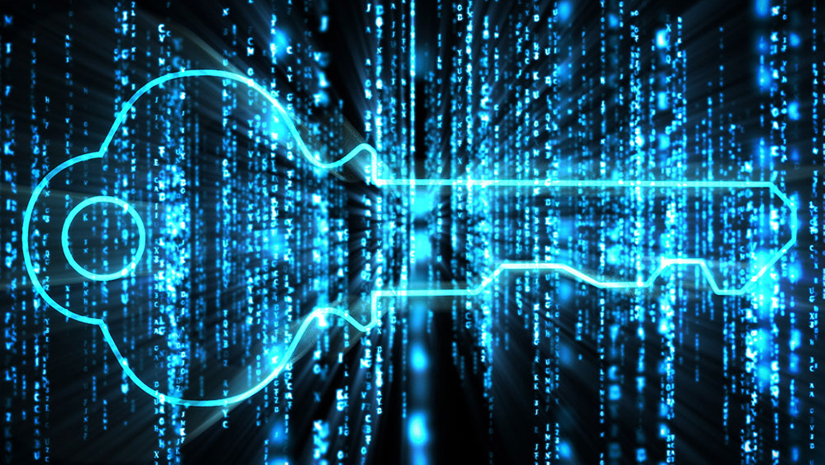
Quantum Dense Coding:
In fact quantum dense coding is the inverse of quantum teleportation. In quantum teleportation, we can communicate the state of a qubit by sending two classical bits, while in quantum dense coding we can communicate the information of two classical bits by sending one qubit. Here, in order to achieve this goal, Alice and Bob need to share an entangled state, use suitable physical operators and doing measurement.
Our quantum communications group in RCQEPT is a very active group which have mainly focused on quantum key distribution protocols. Our group boasts highly experienced researchers who are skilled in different theoretical and experimental aspects of QKD field and possesses advanced research facilities as well as dedicated laboratory that enables them to conduct their studies and carry out experiments.


